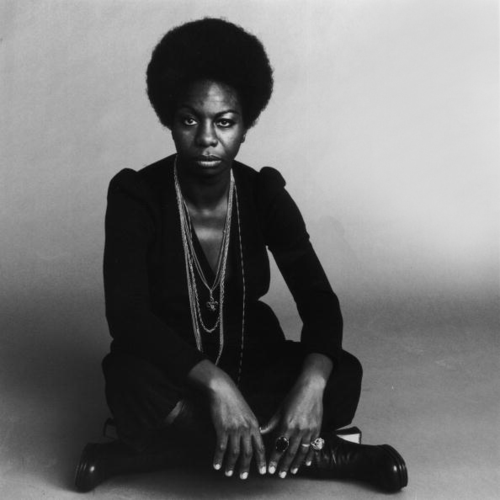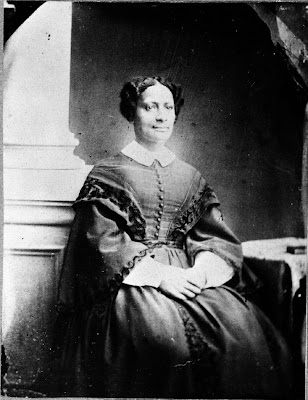Originally, Nina Simone wanted to be a classical pianist. In order to prepare for that, she applied to Curtis Institute of Music in Philadelphia, but she was turned down because she was Black. So she took a jazz gig at a club in Atlantic City to pay for her continued classical training, but the club wanted her to sing, too. So she did. And the rest is history.
Between 1958 and 1974, Simone recorded more than forty albums. Her style combined jazz, blues, gospel and classical licks with a throaty contralto that mesmerized her audiences all over the world. But this isn't why she made the cut as an in-your-face woman. That happened because of the lyrics to the songs she wrote and the messages her performances delivered, especially when the Civil Rights struggle heated up in the 1960's.
Simone's song "Old
Jim Crow" talked about
how laws were used to disparage and oppress Black folks in the U.S. South. She
covered Billie Holiday's "Strange
Fruit" (about lynching),
recorded Billy Taylor's "I
Wish I Knew How It Would Feel to be Free," and turned Lorraine Hansberry's "To Be Young, Gifted and
Black" into a civil
rights song. Her response to the murder of NAACP organizer Medgar Evers -- "Mississippi Goddam!" -- was even boycotted in some states.
Two days before Simone's death in 2003, Curtis Institute of Music
awarded her an honorary degree. Who knows what might have been different for
this in-your-face woman -- and the world -- had they just admitted her all
those years before. We'll never know. Perhaps that's for the best.
































